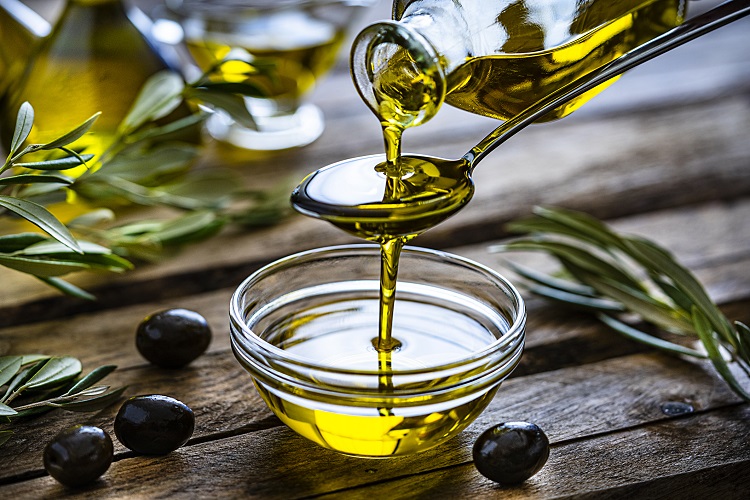
Y Charts reports that the price of olive oils has increased dramatically over the past two years. In January 2024, it reached a new record high of $10,281.37 per metric ton. What caused this sharp price increase, what is the future of the olive oil market, and what will happen to the commodity called “liquid gold”? The timeline of olive oil crises.
Timeline of the olive oil crisis
Winter 201/22
Drought conditions will hit the Mediterranean, the world's largest olive oil producer, during the winter of 2022/23, leading to poor olive harvests.
A European Commission spokesperson said that "above-average temperatures, heatwaves and low precipitation have led to severe drought conditions in the Mediterranean region." The European Drought Observatory (EDO) report shows that the ongoing drought has already had a significant impact.
Spring 2022
Olive oil prices start to rise when olive oil is scarce due to poor harvests. The growing demand for this popular product exacerbates the strain on supply.
Fall 2022
Drought conditions in Spain continue to worsen. Lack of rainfall in November and October is further damaging olive harvests. Spain is the world's largest supplier of olive oil, but it is producing only 50 % of what it produced the previous year.
Winter 2022/23
The price per metric ton rose from USD 4,316.42 in September to USD 5,792.37 in December, a jump of more than USD 1,475.95 in just three months.
In June 2022, for comparison, olive oil was worth US$4,030.65 per metric ton in the previous three months. The previous quarter had seen an increase of only US$285.77 per metric ton.
2023
Drought conditions will continue to persist in 2023. There is little relief for producers. This increases the pressure on supply and continues to push up prices. In December 2023, the cost of olive oils reaches US$9,463.73 per tonne and prices are not expected to decline.
The year 2024
Olives are still suffering from a worsening growing condition. A drought has been declared in the Mediterranean region for spring 2024 and it is not over yet.
A European Commission spokesperson said that "as long as the severity of the drought persists, there are concerns about the impacts it will have on agriculture, ecosystems, the availability of drinking water and energy production."
This pressure on resources is expected to continue in 2025 and throughout the remainder of 2024.
FoodNavigator reported that the olive oil market was highly volatile due to weather concerns and supply demand. It is difficult to predict how prices will evolve in the coming months or years. Jeremy Gibson, marketing director of Princes Group, owner of Napolina olive oil, said: “We fully understand that consumers are facing challenges at the moment and continue to look for ways to keep costs down and secure supplies.”

What will the future of the olive oil sector look like?
Olive oil is under extreme pressure, and that pressure will continue to increase as climate change continues to worsen.
A spokesperson for food and drink distributor Maltby&Greek said: “Although olive trees are extremely hardy, they are very vulnerable to adverse weather conditions such as frost, hail and rain as well as insects.” Climate change is making the weather more unpredictable. This has been a major problem in recent years. It can take years for an olive grove to recover from heatwaves, wildfires and droughts. Olive groves reach their peak in their 50s and live up to 600 years. The climatic conditions brought about by climate change have not only led to a decline in yields, but also a decline in the quality of olive oil. As the climate continues to warm, we will also see an increase in the areas suitable for olive oil production. However, this change takes time.
The olive oil industry faces similar challenges to other commodities. Butter, Cocoa, CoffeeYou can also learn more about the following: SugarWe may be facing a new normal for food and beverage supply and pricing, as manufacturers struggle to keep up with consumer demand.
How will olive oil production and prices evolve in the future?
This question will be addressed in more detail in a future article, “What is the Future of the Olive Oil Industry?”


